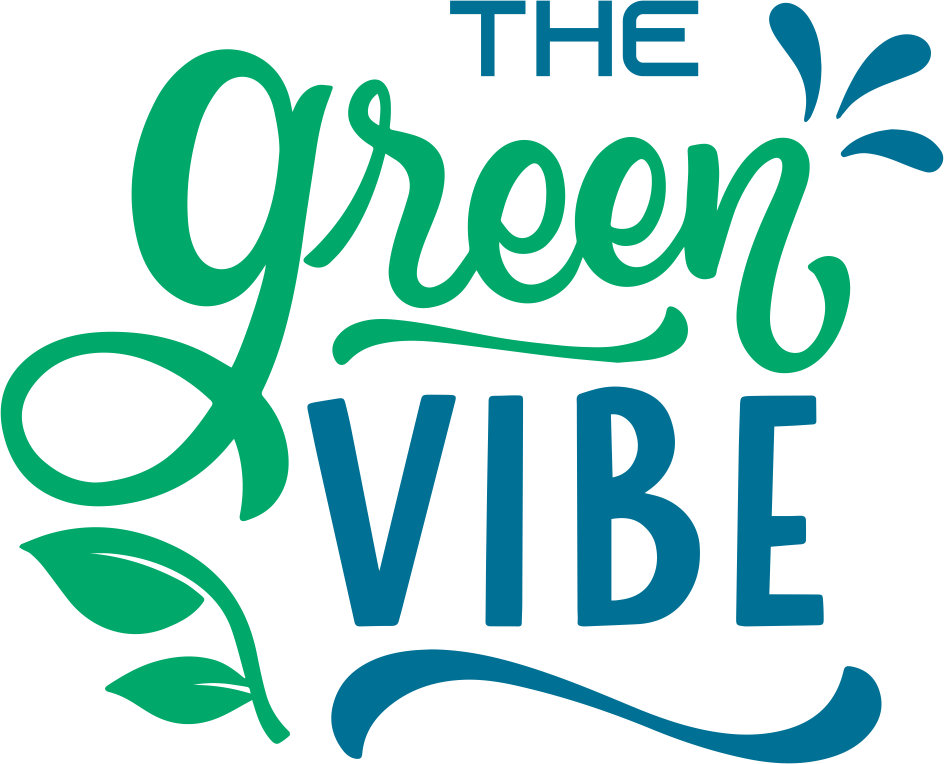Harnessing the Wind Power in Urban Landscapes: Utilizing Clean Energy and Overcoming Challenges

The possibilities and challenges of harnessing wind power in urban environments, explore the potential benefits and solutions to overcome those obstacles.
As the world continues to grapple with the consequences of climate change and increasing energy demands, the search for sustainable and renewable energy sources has become paramount. Wind power, a reliable and renewable energy source, has garnered significant attention due to its potential to mitigate greenhouse gas emissions and reduce reliance on fossil fuels. Traditionally, wind farms have been located in rural areas with ample open space, but recent efforts have focused on integrating wind power into urban landscapes.
The Potential of Wind Power in Urban Areas
Urban landscapes offer unique advantages for wind power deployment. One of the primary advantages is the concentrated demand for electricity in cities, making it economically viable to install wind turbines near the point of consumption, reducing transmission losses. Additionally, tall buildings and structures in urban areas create wind corridors, channeling and amplifying wind flow, which can boost the efficiency of wind turbines.
Challenges
Wind Conditions
Using wind turbines in urban environments poses a significant challenge due to the fluctuating and uncertain wind conditions. Turbulence, eddies, and alterations in wind speed and direction caused by buildings and structures can adversely affect the efficiency and dependability of wind turbines. Furthermore, these turbines have specific minimum and maximum wind speed thresholds to initiate electricity generation and prevent damage. So, identifying an appropriate location and orientation for wind turbines in cities demands a meticulous examination of wind patterns.
Noise and Vibration
The rotation of the blades, gearbox, generator, and the interaction with the wind generate sound, with the noise level contingent on factors such as the wind turbine’s size, type, and design, as well as the distance and direction from the source. The presence of noise and vibration can impact the well-being and comfort of residents and workers near wind turbines and can also influence the acoustic environment of the urban space. Consequently, implementing measures to mitigate noise and vibration becomes crucial to ensure the acceptance and harmony of wind turbines in cities.
Aesthetics and integration
An additional obstacle in using wind turbines in urban environments is the aesthetics and seamless integration of these structures into the architectural and urban design. Wind turbines can have a profound visual influence on the skyline, streetscape, and overall identity of the city. Additionally, they may produce shadows, reflections, and flickering effects that could disrupt the natural light and views of surrounding buildings and spaces.
Benefits and opportunities
Despite the obstacles, incorporating wind turbines in urban settings presents various advantages and opportunities for architectural design. These turbines offer a clean and renewable energy source, reducing reliance on fossil fuels and curbing greenhouse gas emissions. Additionally, they serve as a visual and symbolic representation of sustainability and innovation, elevating the city’s image and appeal.
Furthermore, wind turbines can serve as a source of inspiration for new architectural forms and functionalities that respond to wind dynamics and harness their potential. Some architects have explored concepts where wind turbines are seamlessly integrated into building envelopes, structures, or facades, resulting in kinetic and interactive elements that adapt to changing wind conditions.
Unlike conventional horizontal axis wind turbines (HAWTs), Vertical Axis Wind Turbines (VAWTs) are designed to capture wind from any direction and are better suited for turbulent urban wind conditions. They can be installed on buildings, lamp posts, or other structures, making them more adaptable to urban environments.
Case Studies
Bahrain World Trade Center, boasts three substantial wind turbines suspended between its towers, generating approximately 15% of the electricity required for the buildings.
Similarly, the Strata Tower in London incorporates three small wind turbines at its pinnacle, contributing about 8% of the energy needed for common areas and services.
The Pearl River Tower in Guangzhou takes a unique approach, embedding four wind turbines into its facade to harness wind accelerated by the building’s curved shape.
In another instance, the CIS Tower in Manchester underwent a retrofit with 24 wind turbines, effectively generating enough power to illuminate the tower during the night.
Conclusion
Harnessing wind power in urban landscapes presents both challenges and opportunities. As cities around the world strive to transition to sustainable energy systems, integrating wind power within urban environments can play a crucial role in reducing carbon emissions and promoting renewable energy.
The Disposal Company is revolutionizing the way brands approach climate action in India by offering a cutting-edge platform that empowers them to achieve plastic neutrality and carbon neutrality. Learn more here.




